iPhone Basics -
Using iOS

iPhone Basics
Using iOS


/en/iphonebasics/getting-started-with-the-iphone/content/
To use your iPhone, you'll need to understand the basics of iOS, the operating system for the iPhone (and also the iPad). You'll see it when you turn on your iPhone for the first time. iOS is what powers the iPhone's hands-on features, including the multi-touch screen, easy-to-use interface, and built-in apps. In short, it's what makes the iPhone work the way it does.
Watch the video below to learn more about the basics of iOS.
Click the buttons in the interactive below to learn about the different parts of the iOS interface.
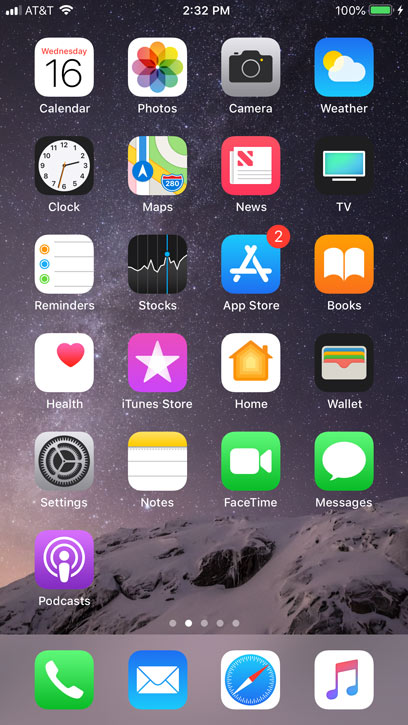
Gestures, sometimes called multi-touch gestures, are what you'll use to open apps, navigate the Internet, and more.
Available on the iPhone 6S and later models, 3D Touch is a feature that responds to how hard you press on the display, detecting the pressure you use. This allows you to use quick actions. If you press hard on one of your app icons, a list of quick actions will appear, with several options you can use that app for. This can save time, instead of having to open the app and look for the feature you'd like to use. It also allows you to switch apps, navigate notifications, and preview pages more easily.
Even if you're new to the iPhone, you've probably heard of apps before. The concept is simple: Apps are programs that are designed to run on your device.
The iPhone comes with several built-in apps that you can access immediately from the Home screen. They're a great place to start for new users because there's nothing to download or install. Many of these apps are ready to use right out of the box (like the Camera app), while others require a little more setup (like Mail and Contacts). We'll take a look at some of the built-in apps later in this tutorial.
Once you've explored the apps that came with your device, you might want to try downloading some more from the App Store. There are thousands of apps you can download for free. Many other apps cost as little as $0.99, although some may be more expensive.
Now that you know the basics of using iOS, it's a good idea to become more familiar with some of its most useful features. You can access these features at any time, no matter what app you're currently using.
Notifications are pop-ups, banners, and other audio/visual cues that work with the apps on your device. They're designed to let you know when something needs your attention or when there's been any recent activity (for example, on Facebook).
Notifications behave differently in each app, but they all have one thing in common: They can help you keep up with everyday tasks and responsibilities. You can receive notifications three ways:
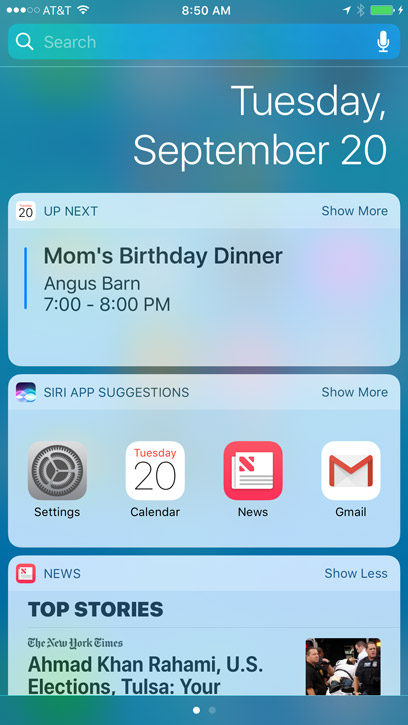
The Control Center allows you to quickly access frequently used settings for your device, as well as a media panel with playback controls. Just swipe up from the bottom of the Home screen to access the Control Center. The first pane you'll see contains various settings.
Click the buttons in the interactive below to learn about the different parts of the Control Center's main settings pane.
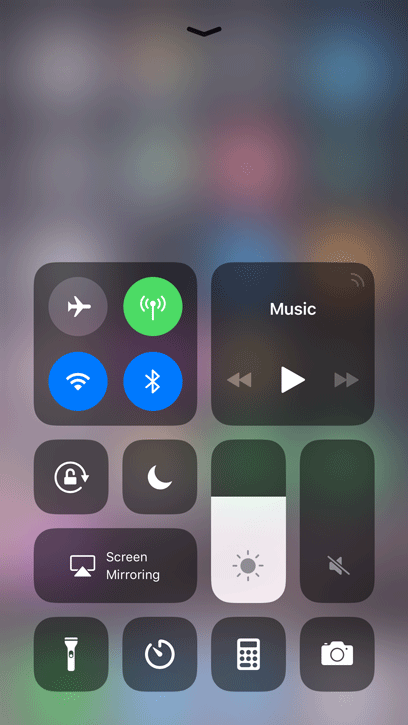
If you have an iPhone 6S or later, you can use the 3D Touch feature to access more options, such as the brightness of the flashlight. To use 3D Touch, press firmly on a button (for example, the Flashlight button), and a menu of additional options will appear.
If you swipe left while on the settings pane, you can access the media pane of the Control Center. On this pane, you can play, pause, and skip between songs or podcasts, as well as change the volume or audio output.
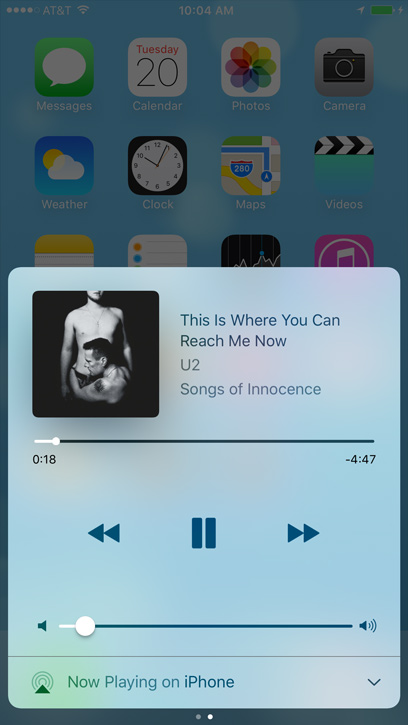
Siri is a useful feature that comes with the most recent versions of the iPhone (but not the iPhone 4 or earlier). Sometimes referred to as a virtual assistant, it can help you with all kinds of things. For example, you can use Siri to send messages, schedule meetings, and search for nearby restaurants. Powered by the sound of your voice rather than gestures or your keyboard, Siri can understand and respond to complex requests like Remind me that I have a doctor's appointment on the 18th or What's the weather like today?

While Siri is a helpful feature, it's not perfect. Siri won't always understand everything you say, so it may take some trial and error to learn how to use this feature effectively.
Voice dictation allows you to enter text without having to use the keyboard. To use voice dictation, tap the microphone icon on your keyboard, then start talking. The iPhone will listen to what you say and try to transcribe it. You can even add punctuation by saying words like period or question mark when you reach the end of a sentence. When you're done, tap the microphone icon again, and your words will be converted to text.
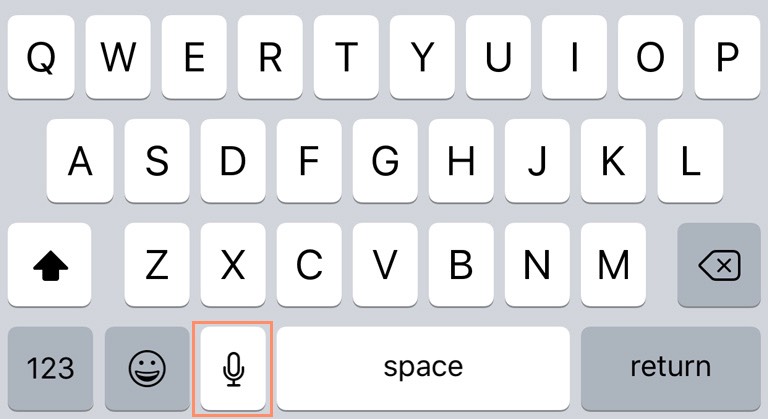
Sharing is also a big part of using the iPhone. In fact, to help you stay connected, Apple has created a feature called the Share button that can be found in many different apps.
Just tap the Share button whenever you see it, and you'll gain access to a range of options. You can share photos, videos, and much more across a variety of networks, including email, instant messaging, Twitter, and Facebook. You can even print photos or documents if you have a wireless printer in your home or office.

Syncing makes it easy to keep things up to date among your computer, your iPhone, and your other mobile devices. This way, you'll always have access to important files on any device whenever you need them. There are two ways to sync an iPhone:
We'll take a closer look at syncing in our lesson on how to sync your iPhone.
/en/iphonebasics/using-the-keyboard/content/